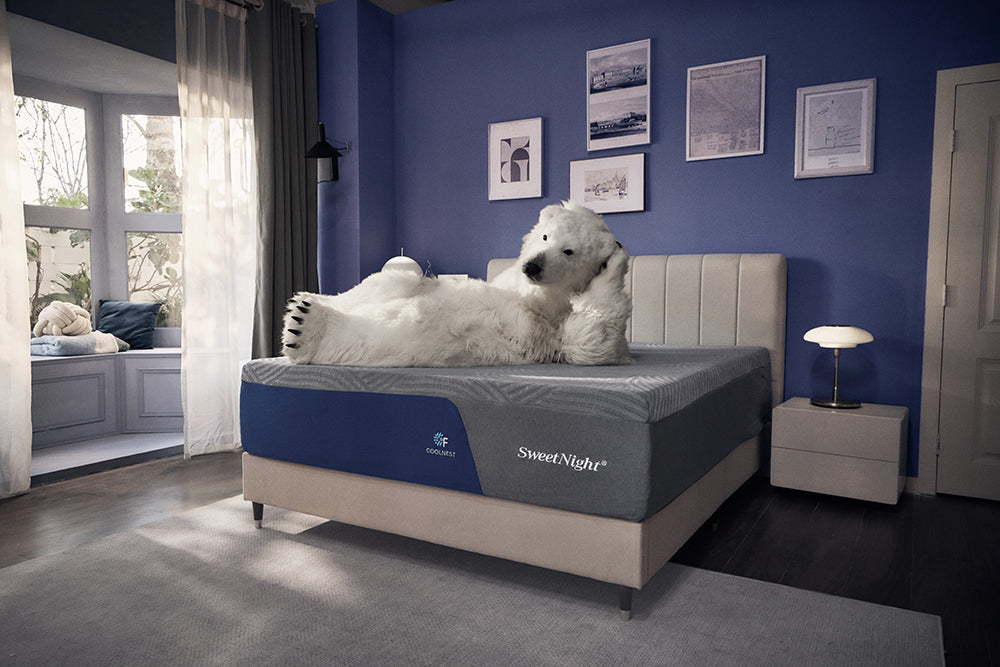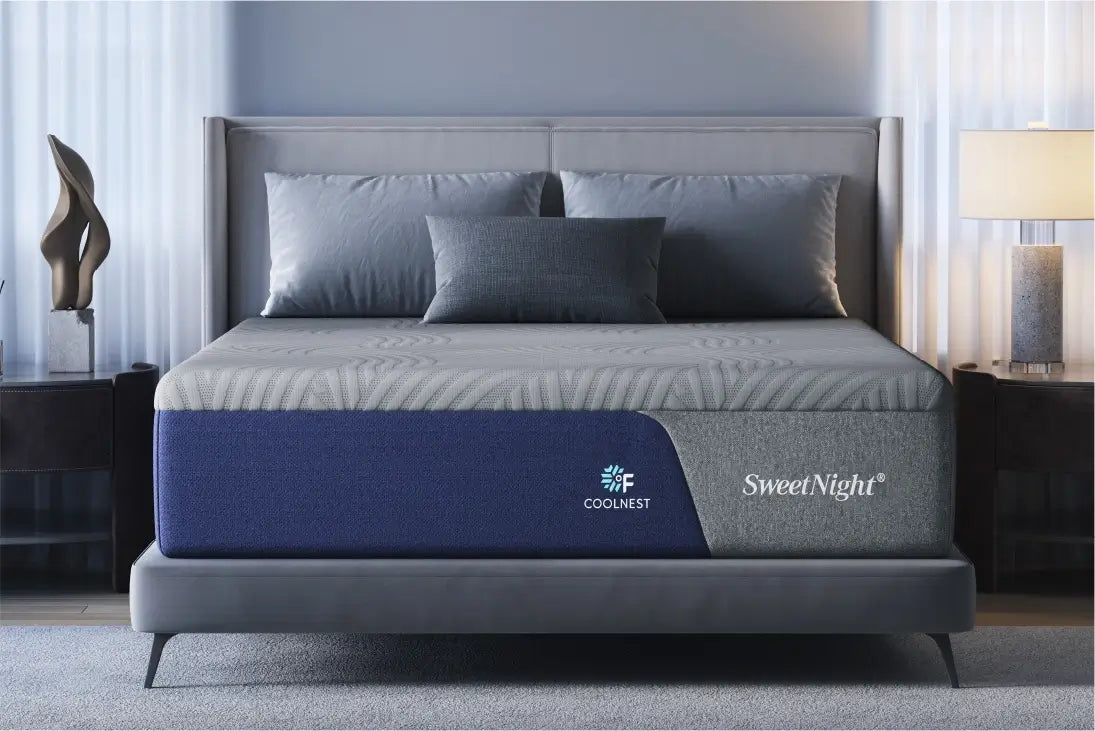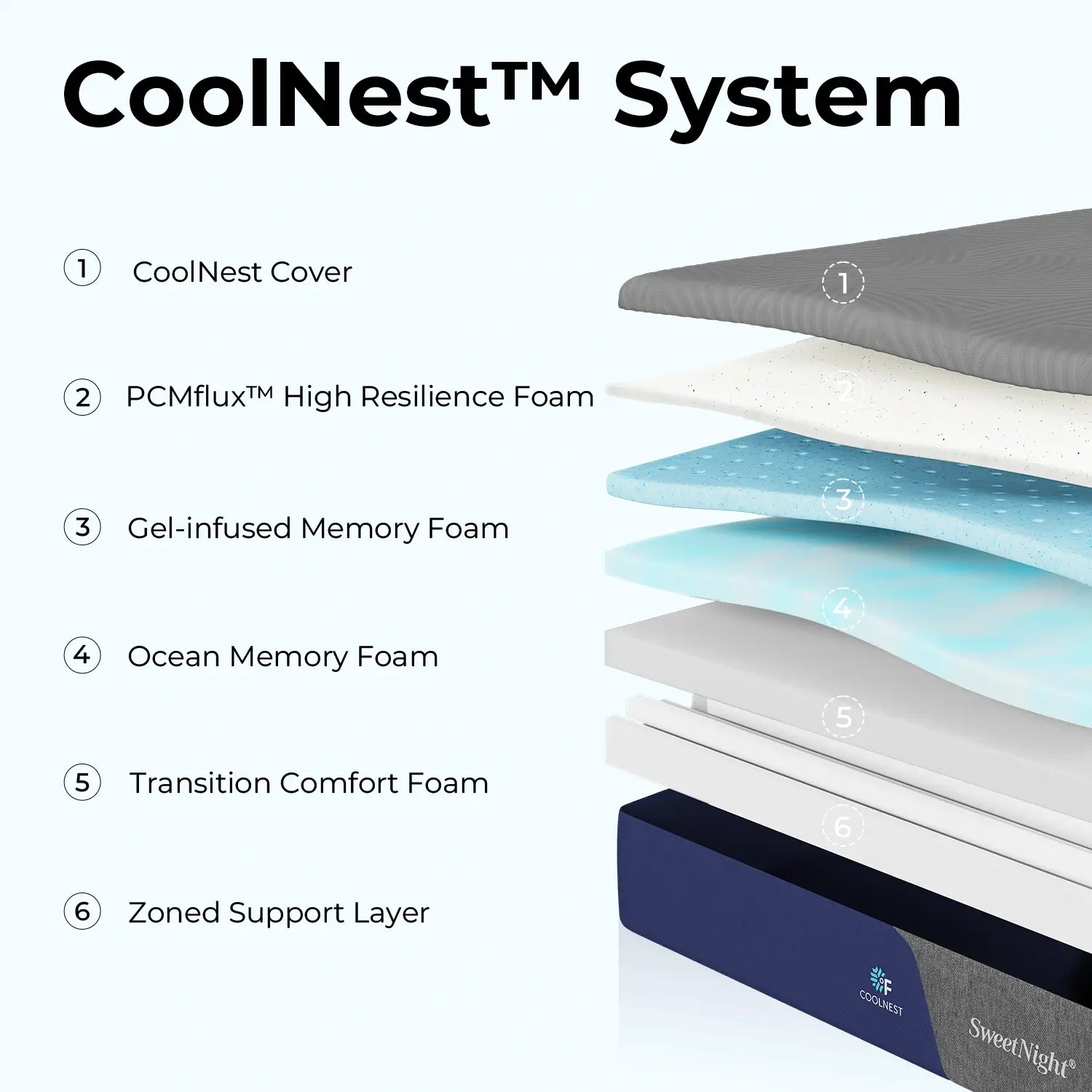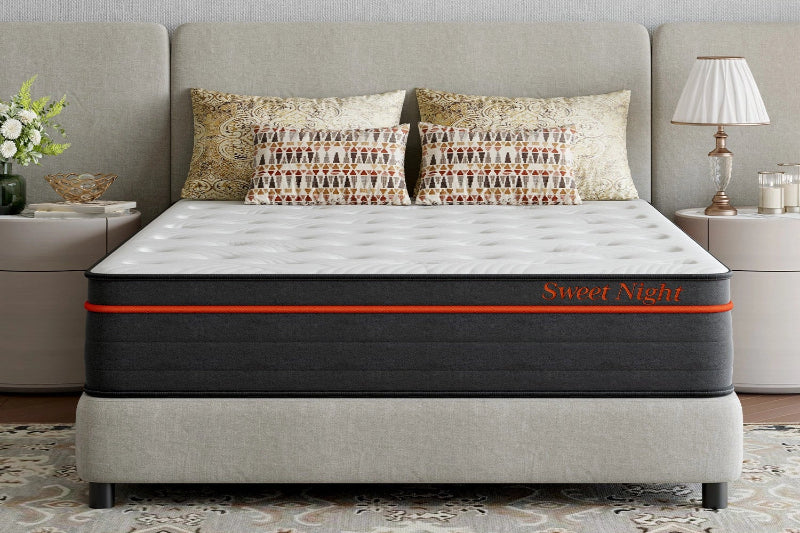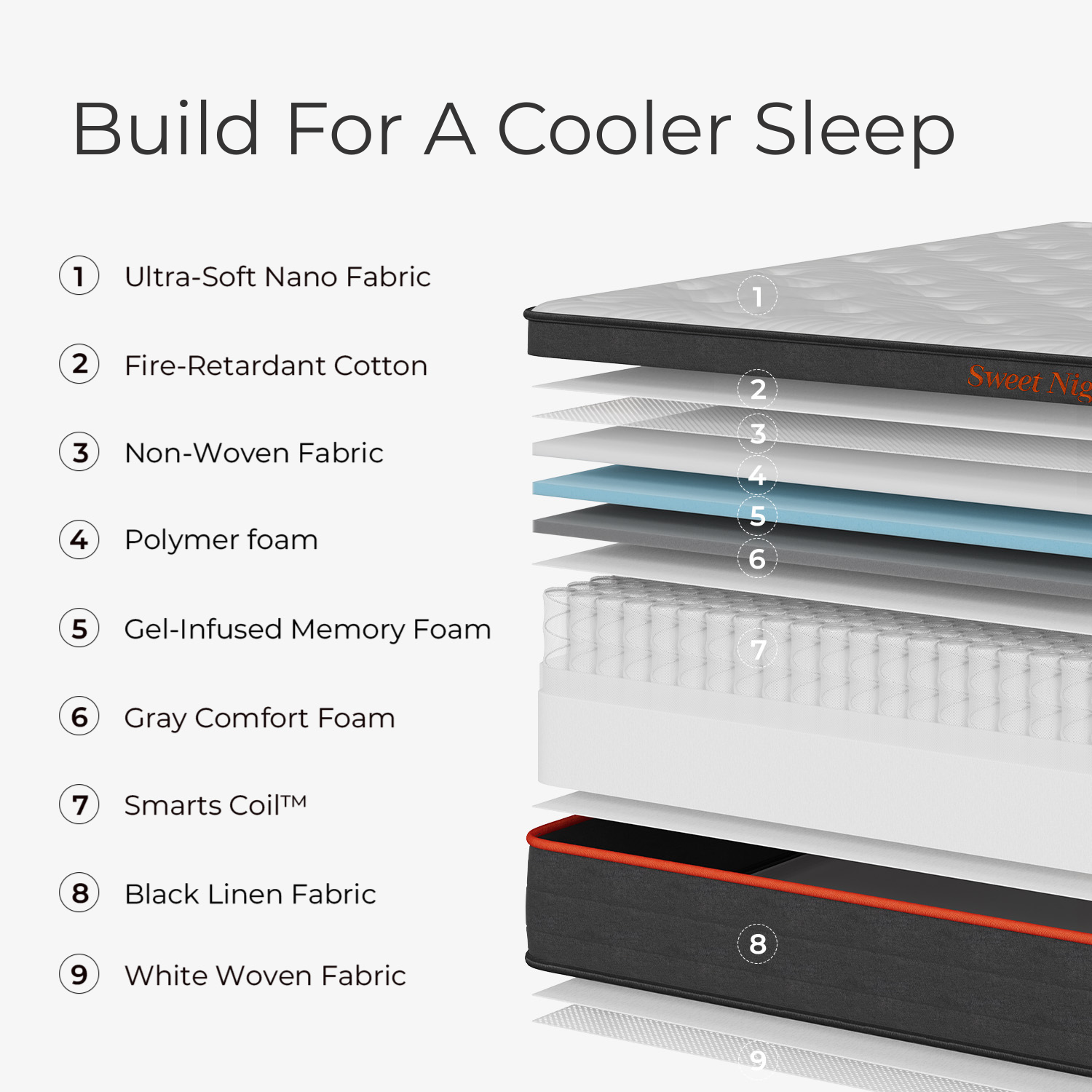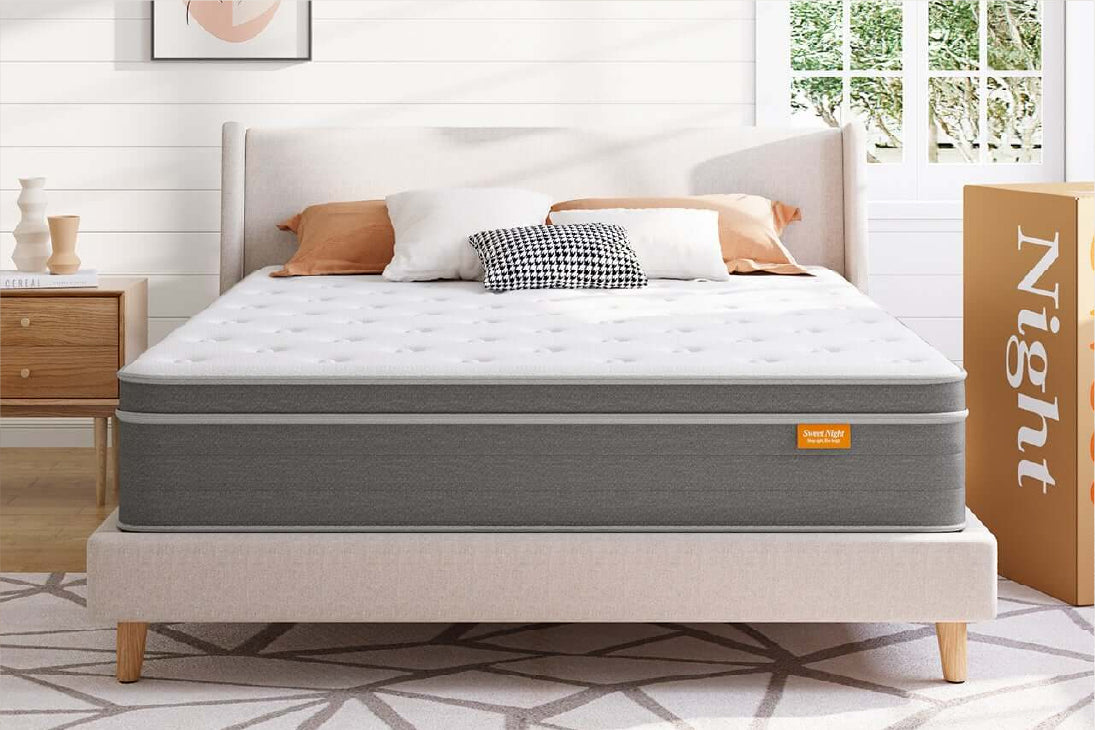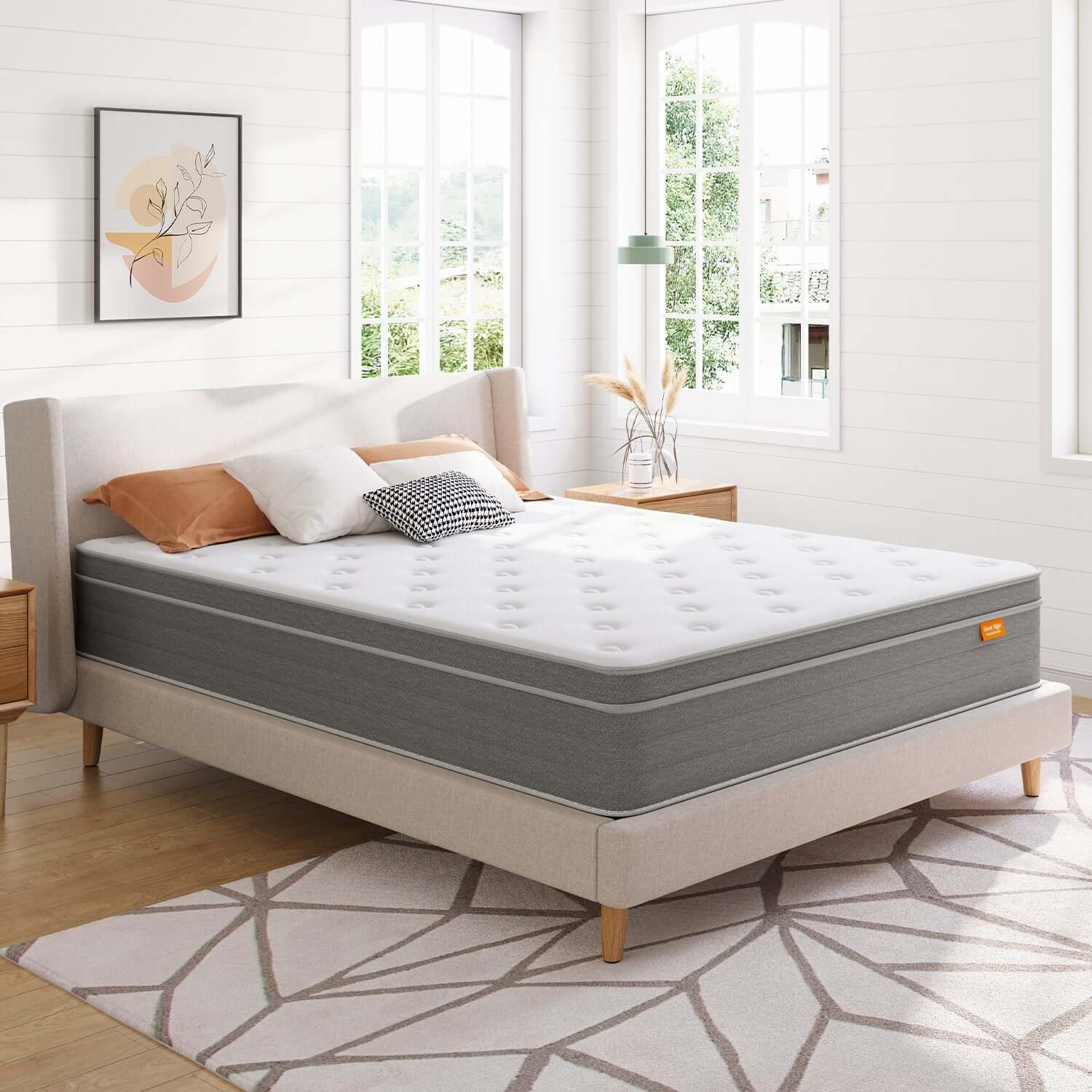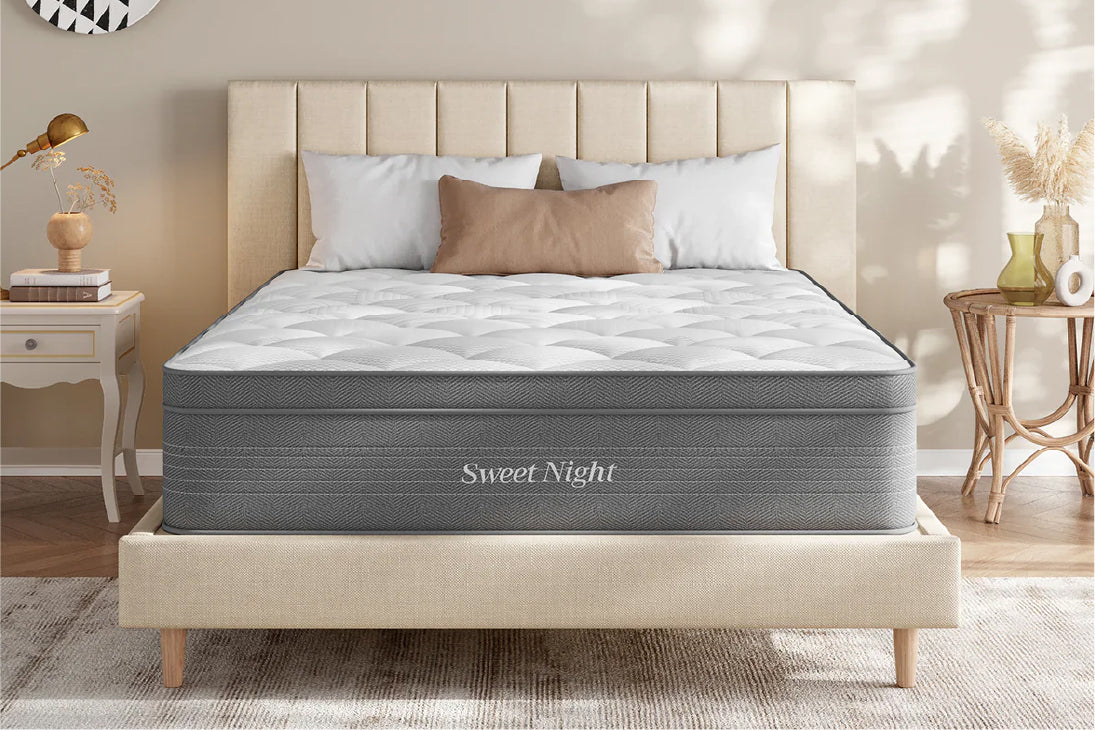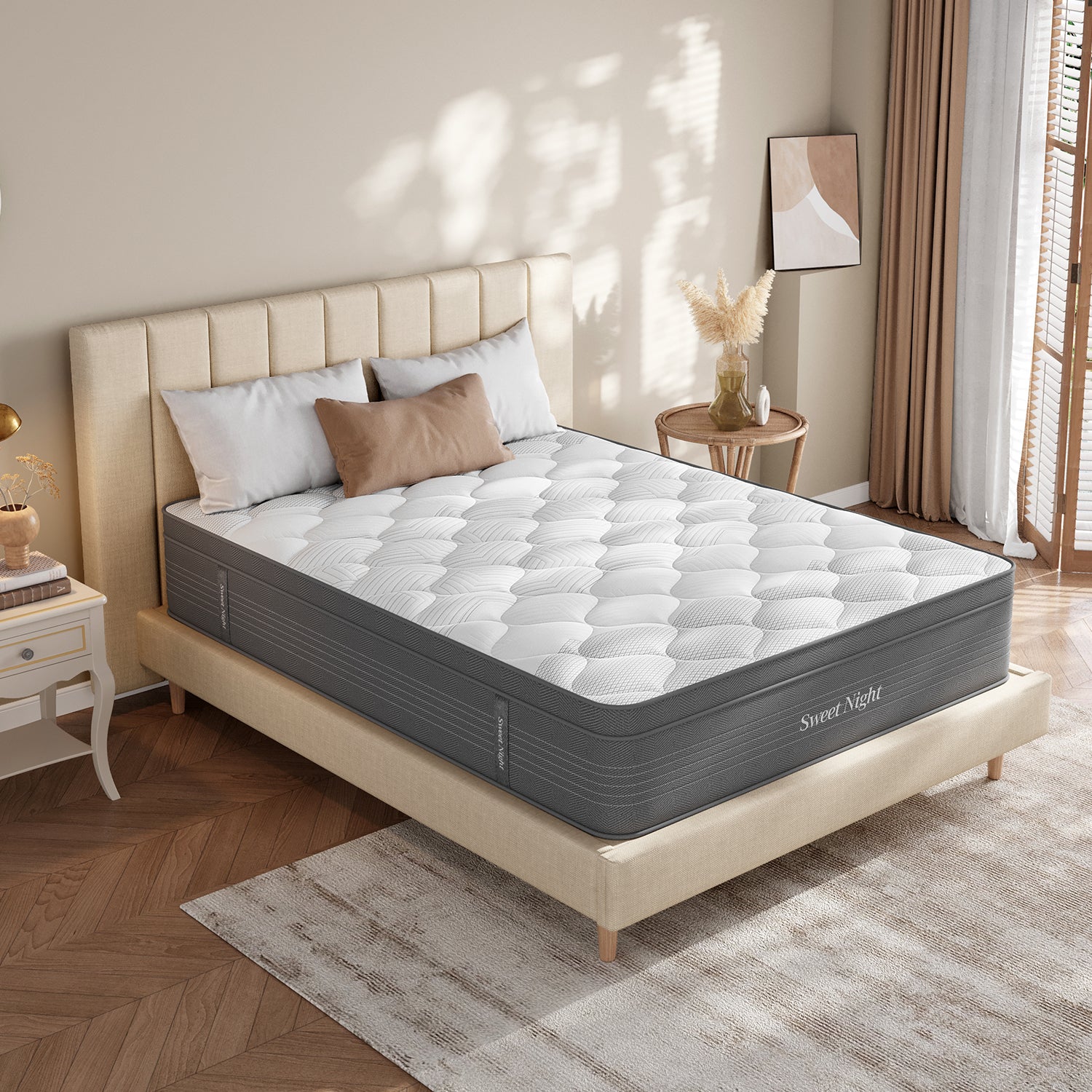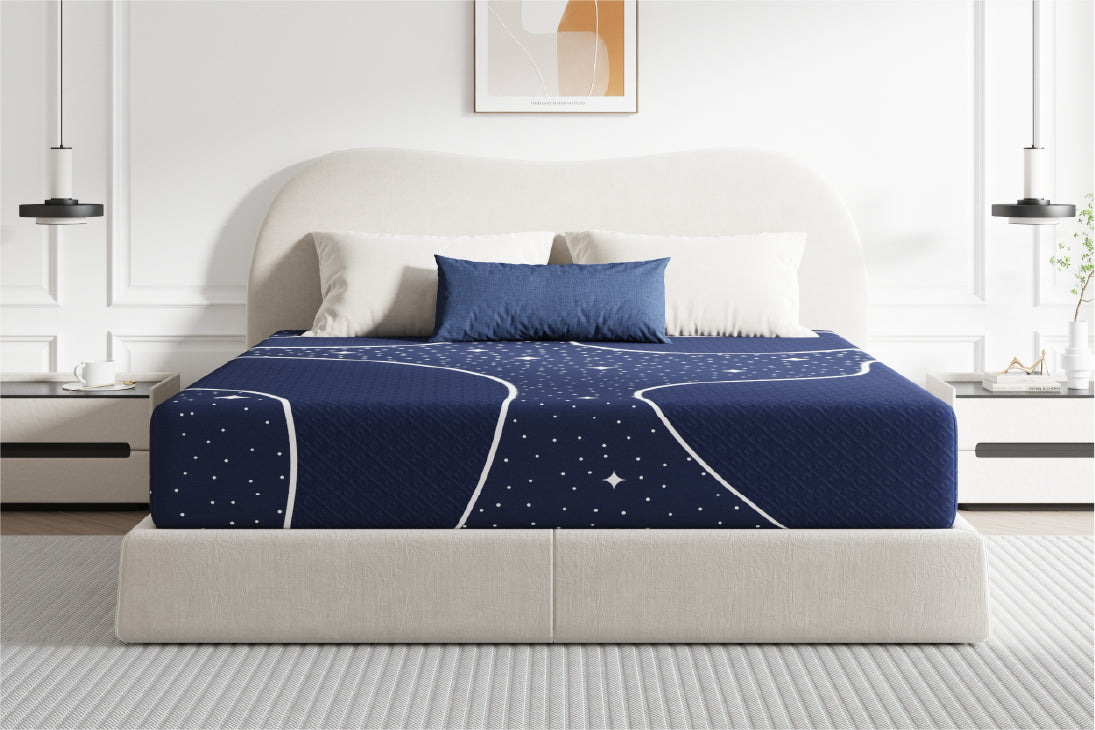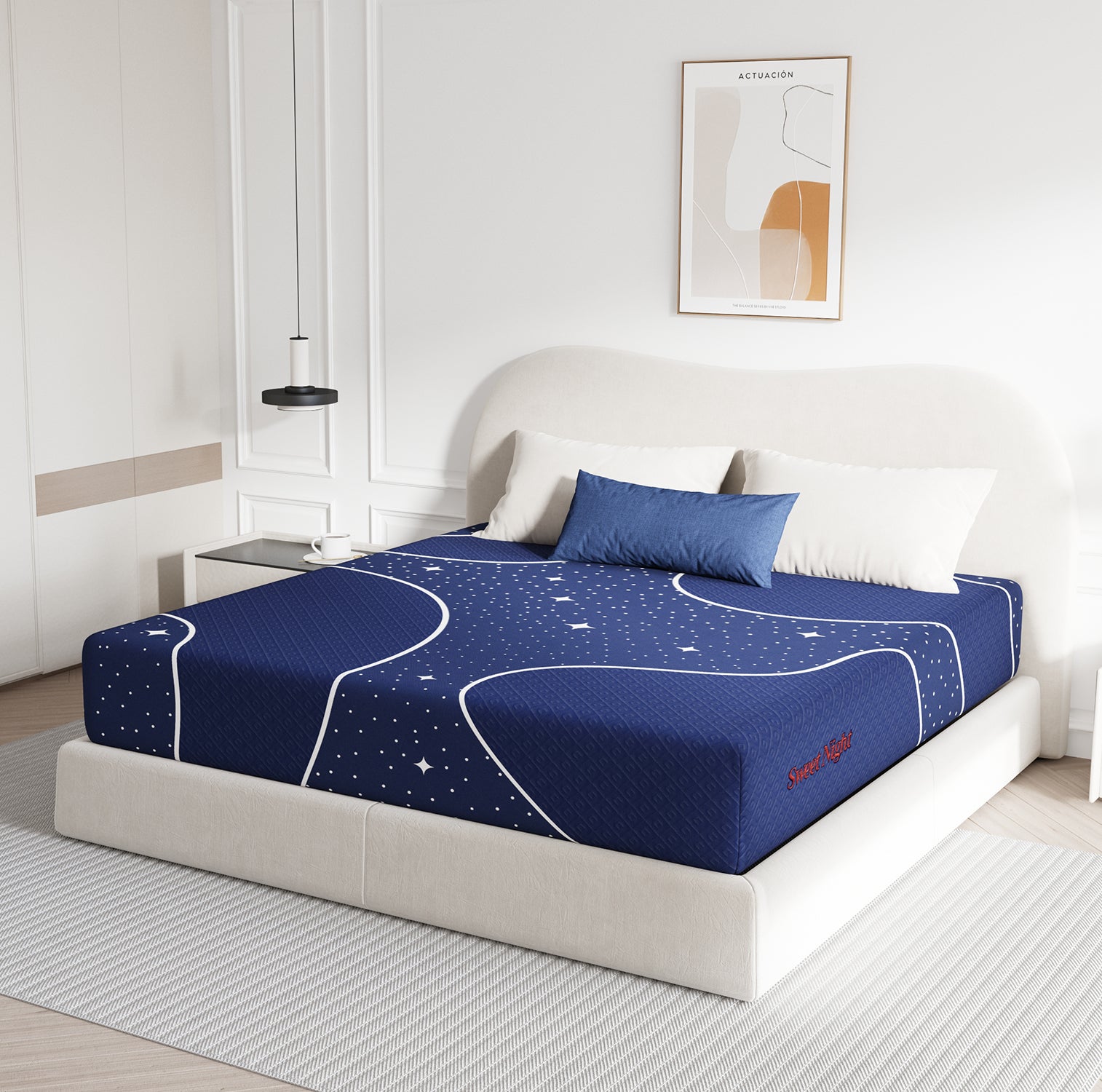A quiet change is happening in bedrooms across the United States. People are not only counting hours of rest but also rethinking the materials beneath them. This new way of thinking reflects a shift in values: comfort is no longer enough unless it comes with responsibility. More households are choosing products that support health while reducing harm to the environment.

Sleep Health and the Planet Are Connected
Sleep quality depends on what we rest on, and so does the planet. For decades, mattresses were judged mainly on comfort and price. Today, families are asking a different question: how does this purchase affect the air in my home, and what happens to the mattress when it is no longer usable? Sustainable sleep addresses these concerns by combining healthier materials with designs that minimize waste and last longer.
What Makes a Mattress Eco-Friendly
An eco-friendly mattress avoids heavy use of synthetic chemicals, favors renewable resources, and considers its entire life cycle. Several qualities define such a product:
- Natural fibers such as cotton, wool, and latex replace petroleum-based foams.
- Adhesives with low VOCs reduce chemical off-gassing, creating cleaner indoor air.
- Trusted certifications like CertiPUR-US® or OEKO-TEX verify safety, sustainability, and the absence of harmful substances.
- Recyclable or modular design ensures that components can be separated and reused instead of going straight to landfills. These qualities help protect both sleepers and the planet, making eco-friendly mattresses a healthier choice for modern homes.
Environmental Impact of Traditional Mattresses
Traditional mattresses create long-term environmental challenges. They are bulky, filled with foams that break down slowly, and are often impossible to recycle. In the United States, tens of millions of mattresses are discarded each year, many of which are sent to landfills. There, materials like foam, fabric, and springs can take several decades to break down, and may release chemicals into soil or air as they degrade.
The production stage also consumes resources heavily: petroleum for foams, water and energy for fabrics, and shipping across continents. Added together, these effects explain why demand for greener alternatives has accelerated.
A sustainable mattress reduces waste and chemical exposure, while traditional models continue to place a burden on landfills and natural resources.
Natural Materials That Improve the Way We Sleep
Natural materials are stepping into the spotlight. Many of these resources are not new, but modern refinement has made them more durable, breathable, and widely available. They show that healthier comfort does not require synthetic shortcuts.
Organic and Sustainable Components
Renewable and responsibly sourced materials are now being used in modern mattress design:
- Organic cotton: Soft, breathable, and grown without synthetic pesticides.
- Natural latex: Harvested from rubber trees, offering resilient support and natural resistance to mold and dust mites.
- Wool: A natural flame barrier and moisture regulator, balancing warmth in winter and coolness in summer.
- Bamboo fibers: Fast-growing, renewable, and spun into smooth, durable fabrics.
-
Recycled steel: Used for innerspring systems, reducing reliance on fresh mining. Together, these components create products that are safer for sleepers while promoting sustainable farming and recycling practices.

Core Advantages of Green Sleep Products
Eco-friendly sleep products offer benefits far beyond environmental protection. They create healthier bedrooms by reducing exposure to harmful chemicals. Many natural fibers, like wool, help regulate temperature without synthetic treatments. Durability is another advantage: natural latex, when processed well, can outlast many conventional foams. On top of this, households value the reassurance of choosing products aligned with renewable practices, which adds meaning to everyday comfort.
Natural materials improve comfort, extend product life, and reflect values of safety and responsibility.
Growing Interest in Sustainable Sleep Across America
Sustainable sleep is becoming an expectation for more households, especially younger generations, who connect purchasing decisions with environmental values.
To make this shift clearer, the table below summarizes current patterns:
| Trend | What It Means | Impact on Market |
|---|---|---|
| Transparency in materials | Buyers look for visible certifications and labeling | More mattresses highlight organic cotton, latex, and recycled steel |
| Younger buyers lead | Millennials and Gen Z prioritize sustainability | Eco-options gain traction both online and in-store |
| Policy support | Mattress Recycling Program normalize sustainable choices | Mattress disposal becomes more responsible |
These developments show how sustainability has shifted from niche to mainstream. Retailers highlight low-emission foams, breathable organic fabrics, and certifications as selling points. Online reviews now regularly mention chemical-free comfort and long-term value as decision factors.
Eco-sleep has grown into a mainstream trend, with affordability and accessibility making it a practical choice for households nationwide.
How to Switch to Sustainable Sleep
Moving toward greener sleep does not require sudden, expensive changes. It can be done step by step, making upgrades that fit both comfort preferences and budgets.
Practical Steps for Transition
- Begin with bedding: switch from polyester to organic cotton or bamboo.
- Upgrade pillows: natural latex or wool fillings provide healthier alternatives to synthetic foam.
- Check for certifications: eco-labels like CertiPUR-US® and OEKO-TEX ensure tested safety.
- Plan ahead for mattress replacement: research sustainable mattress replacement models before your current one wears out.
- Recycle responsibly: use community programs or retailer take-back services to reduce landfill waste.
Practical Steps and Common Concerns
Moving toward greener sleep works best when comfort and cost are considered together. A gradual approach keeps the change realistic: start with bedding by replacing polyester with organic cotton or bamboo, and upgrade pillows to fillings like latex or wool. Certifications such as CertiPUR-US® and OEKO-TEX help confirm that foams and fabrics are tested for safety.
At the same time, families often raise concerns. Natural latex may feel too firm, wool can trigger allergies, and organic fabrics increase prices. These factors explain why some households hesitate to adopt only traditional "green" options. Newer mattresses respond to these challenges by blending high-density memory foams with gel infusion and breathable covers. Certified to be free of harmful chemicals and fiberglass, they provide safer air quality while lasting for years without collapsing. With responsible recycling programs also expanding, this balanced path makes sustainable sleep both approachable and practical.

Green Sleep as a Future Lifestyle
Green sleep reflects a broader cultural change: aligning comfort with responsibility. By choosing safer foams, breathable fabrics, and certified materials, households create bedrooms that support well-being without placing unnecessary stress on the planet. Green sleep is shaping into a lifestyle that delivers comfort each night while leaving a lighter footprint for tomorrow.
FAQs about Eco-Friendly Sleep
Q1: Are gel-infused foams effective for cooling during sleep?
In fact, gel-infused memory foams are designed to pull heat away from the body and facilitate airflow through the mattress. Unlike standard foams that accumulate warmth, these newer materials work to keep the temperature more even throughout the night. By reducing the need for frequent use of air conditioning, gel foams not only feel comfortable but also support energy efficiency and eco-friendly living.
Q2: How does mattress durability connect to sustainability?
Good mattresses help reduce how often they need to be replaced. A memory foam or hybrid mattress made with strong foams and quality coils can last nearly ten years, resulting in less waste in landfills. Their long lifespan means fewer raw materials and less energy used over time, making them a smart choice for sustainable living.
Q3: How do eco-friendly mattresses impact long-term household budgets?
Sustainably made beds may cost more at first but are more durable and healthier in the long run, ultimately saving money. Replacing beds less often lowers both waste and expenses over time. Households also avoid potential medical costs from exposure to harsh chemicals, showing that eco-friendly choices are good for both the wallet and the planet.

